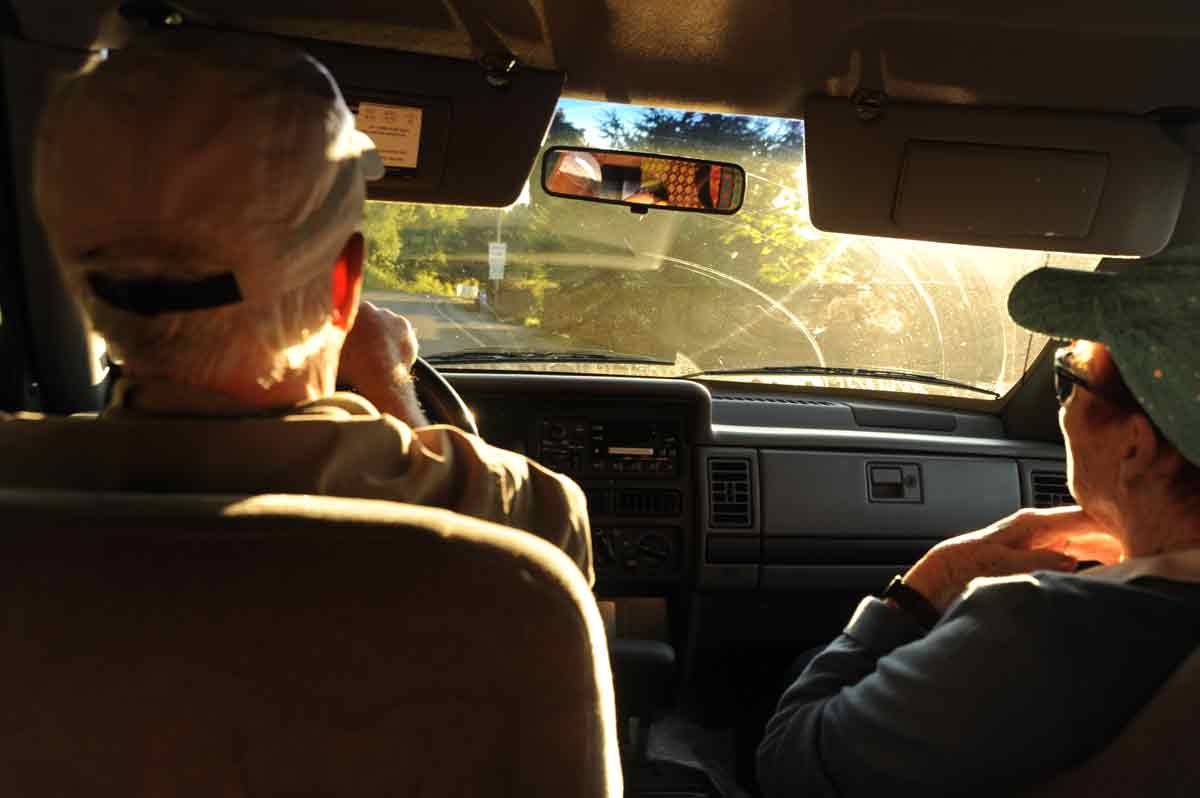 |
| Impaired visual processing speed and poor motor perception may contribute to poor driving performance in older adults. Photo: Wonderlane on Unsplash. |
Many drivers over the age of 70 suffer from visual impairment, which contributes to the population’s comparable crash rate to the 18 to 30 age group (currently the group with the highest crash rate). Understanding the visual functions that correlate to good driving performance is important to form appropriate policies and identify which patients may or may not be suited for the road.
In this recent study, researchers investigated which visual skills were associated with a positive on-road driving score evaluated by a certified driving rehabilitation specialist (CDRS). The analysis found that lower driving performance scores were associated with slowed visual processing and impaired motion perception.
Data was included from 144 adults ages 70 and older, with a mean age of 79 and 45.8% being female. Each participant completed various vision assessments to measure visual acuity, contrast sensitivity, visual processing speed, visual field sensitivity, motion perception and spatial ability. They also each had an on-road driving evaluation, where a CDRS accompanied and observed the driver along a 15-mile route before rating their performance. The researchers explained, “Age-adjusted odds ratios and 95% confidence intervals were used to associate worse CDRS composite score and CDRS global rating for those with poorer visual function compared with those with better scores and ratings.”
They found that “the odds of worse CDRS global rating and composite score were significantly associated with moderately and severely impaired visual processing speed under divided attention.” In addition, poor motion perception may also be predictive of poor driving performance, as it was associated with a worse CDRS composite score (odds ratio: 2.67). “Motion perception deficits in older drivers have been associated with an increased rate of crash involvement over the previous five years and future at-fault crash/near-crash events,” the researchers wrote.
Of the visual functions tested, lower processing speed showed the most significant association with driving performance, which the study authors noted is consistent with findings in previous research. “Several studies have reported associations between slowed processing speed and elevated crash rates defined by government accident reports,” they wrote.
In conclusion, older drivers with impaired visual function such as visual processing and motion perception may find it more difficult to navigate a vehicle safely and easily. Continued research on this topic will help to inform future interventions to ensure that visually impaired drivers have the visual skills necessary to keep the road safe.
Swain TA, McGwin G Jr., Owsley C. Visual functions associated with on-road performance by older drivers evaluated by a certified driving rehabilitation specialist. Ophthalmic Physiol Opt. March 31, 2022. [Epub ahead of print]. |

